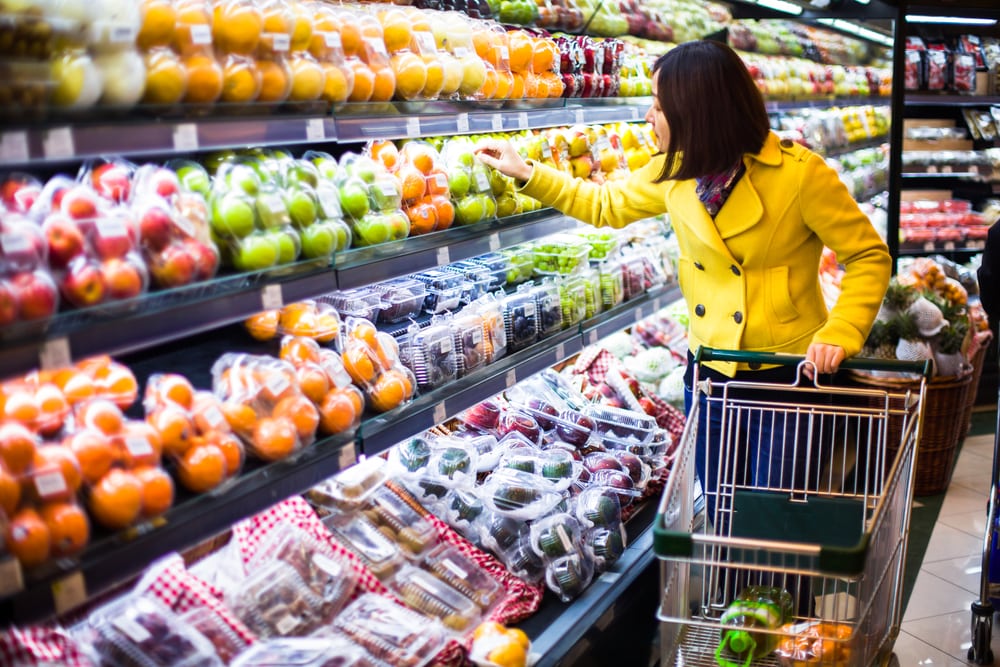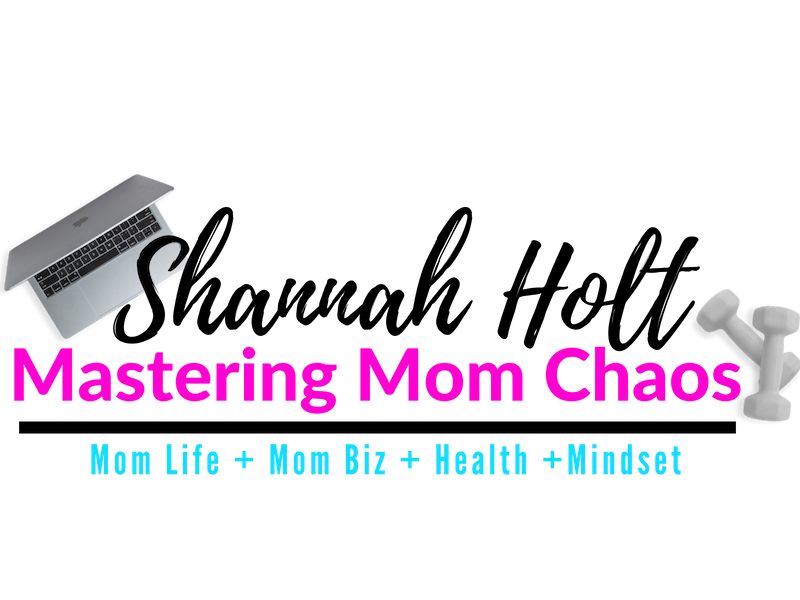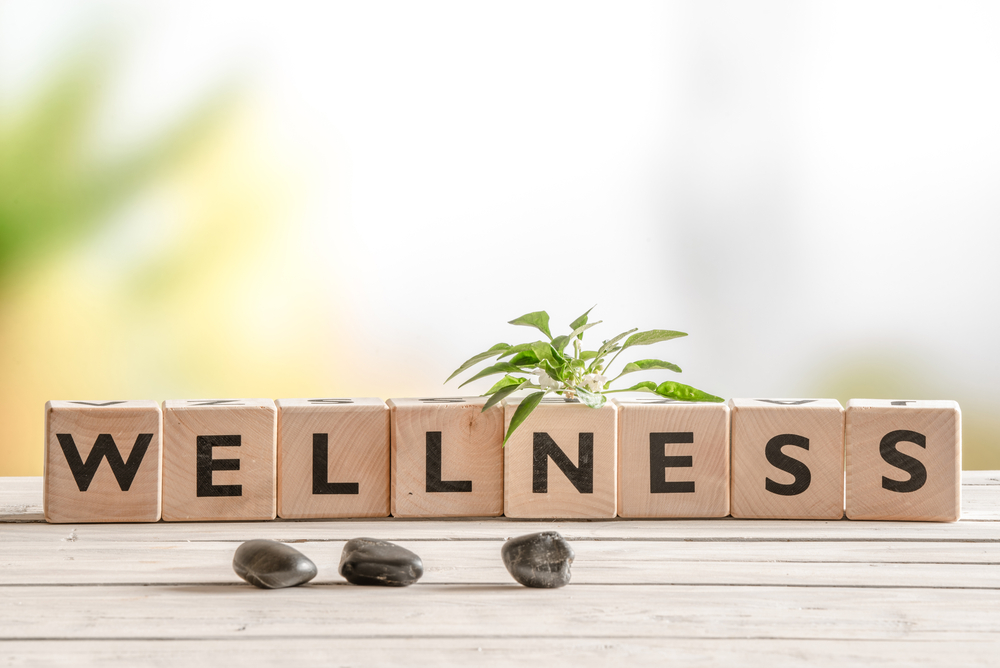Saving Money on Groceries Part 4 Should I Buy Organic, Local, or All Natural?

Some of the links in my blogs may be affiliate links. See my disclaimer page for more information.
This is my Part 4 in a series of tips on saving money on groceries that even a beginner can master this month. Whether or not you are trying to eat healthier, feed your family more nutritious meals, or just get that paycheck to stretch until the next paycheck we could all save a little money on groceries. My hope that after you have learned and implemented my tips into your grocery shopping plan you will not think that eating healthy is too expensive and will be able to feed your family more nutritious meals at less than the cost of what you have in the past.
I’ve found that groceries can be a HUGE chunk out of your family’s monthly income, but with a few strategies up your sleeve you can greatly reduce that monthly cost.
In case this is the first time you have came to my blog my name is Shannah Holt and I’m a mom of 8 kids (and 8 furbabies; we had 9 up until a few months ago and unfortunately lost one). I’m also a SAHM that has homeschooled for about 15 years now, so living on one income and sometimes less than that with a large family I’ve had to learn the hard way how to stretch that paycheck to survive. I just want to share my tips so you don’t have to go through as much struggle as I have.
The video explains this tip really good so it would be better if you can just watch, but I will include the main points below.
There is a lot of debate about organic, Gmo’s, and natural when it comes to food. In a perfect world of course local organic is the best, but I personally don’t have a perfect life and have to make decisions based on money and how much the benefits outweigh that. I’m not here to debate one way or the other. I just want to provide tips for you to make better choices and save the most money.
First a few clarifications. The word “natural” put on any label means nothing. There is no government regulation for that word. It is just put on there as an advertising technique. There has even been numerous lawsuits filed on companies like General Mills and Snapple for using the label. GMO’s can even be labeled natural.
The word “local” is not clear as well. Whole Foods considers a product local if it is within 200 miles away from the store. Other stores consider 400 miles local. Farmer’s Markets usually have their own rules as well. Some consider local as long as it comes from the same state, other it can be mileage. They also have other rules when it comes to being at a Farmer’s Market.
The word “organic” is different. USDA organic has regulations. To have an item listed as organic you have to submit to tests that are not cheap, nor quick. There can’t be grown using chemically produced pesticides, or fertilizers. They also can not be GMO. When talking about meat, eggs, and dairy the animal can’t be given growth hormones or antibiotics. There are many other restrictions as well to get the label of USDA organic. A lot of smaller farms can’t afford this certification process, but may still abide by these rules and tell their customers that they are in fact organic.

I’m a Cancer survivor and spend time going back and forth on what to spend extra on based on knowing what is on the Clean 15 and the Dirty Dozen for this year. An organization called EWG.org does multiple tests on produce to rank them in their system based on pesticides found on the produce. The produce is tested after it has been cleaned, prepped, and ready to eat. They help to fight for consumer rights for living healthier.
I have created a 2017 Clean 15 and Dirty Dozen list for you to be able to download and carry with you to the store or keep in your “Price Book” that I shared in Saving Money on Groceries Part 2 of my series. Get it with the below link.
2017 Clean Fifteen Dirty Dozen Produce List







